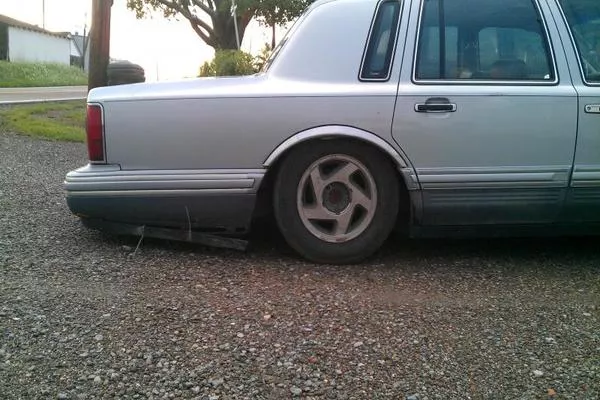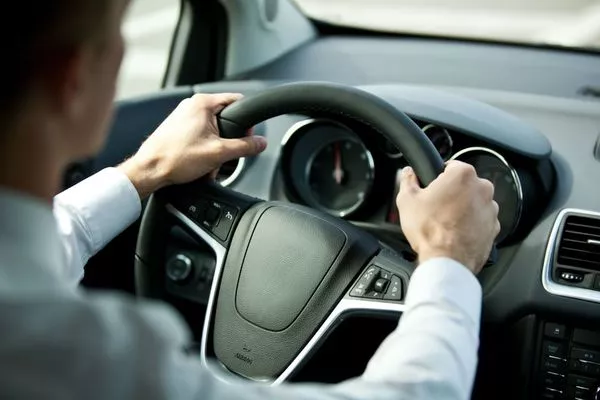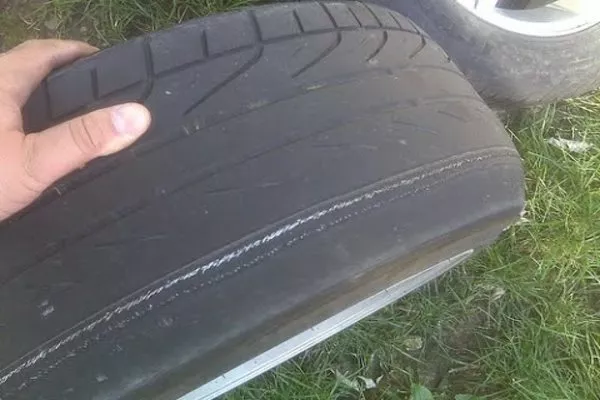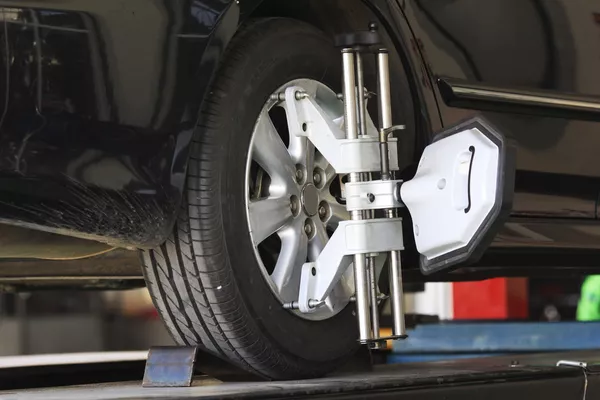Every car's suspension system is responsible for absorbing all the bumps and lumps in the road's surface. It also allows you to brake and accelerate safely. All thanks to the car's good suspension system, it is more fun for the driver and passenger to enjoy a smooth and comfortable ride.
But just like any other things, suspension system can be worn out over time, especially if it is used almost every day. When this happens, braking and accelerating will be a bit difficult. It will also give you a hard time controlling the steering wheels, and it’s very uncomfortable to drive.
Luckily, It is actually easy to diagnose if your car's suspension system has problems that need to be solved as soon as possible. In the below article, Philkotse.com will provide you some guides that help you notice air suspension matters which can cause serious damage to your car and your life as well.
1. Car’s Overall Stability
As a driver, you can easily notice if the car you’re driving isn’t stable. Sometimes, you might notice that your car is too bouncy and is not equally leveled. If this is the case, most probably the problem is the spring in the system. It can either be broken or sagged but it can be both.
When that happens, you’ll feel and notice that the car is slightly lower on the other side. You can test your car by parking it on a flat and leveled surface. Pay close attention to your car if you feel that it sits at an odd angle or the other side is slightly lower than the other. When you feel that your car has the following symptoms, better have it checked and repaired as soon as possible.

A bouncy and unleveled car height is a sign of car suspension problems.
2. Bumpier Ride
If you notice that you’re beginning to have a bumpier ride, it is time to check your car’s air suspension system. It is an indicator that the struts and shocks of the car are already worn. If that’s the case, a repair or replacement is necessary.
The shock absorber (true to its name) is responsible for absorbing shocks and keeping your tires on the road. Shocks on cars have fluid that dampens the bouncing, and when they leaked, will eventually result in shock failure, and the car's performance suffers, giving you a bouncy and very bumpy ride.
Top Ten Signs of Worn Shocks and Struts
3. Difficulty in Steering and Control
If you’re starting to have difficulties in controlling the steering wheel, probably there is something wrong in your car’s suspension. Check out the other signs of suspension problems that affect the steering such as uncontrolled steer where the car would voluntarily steer or jolt to other directions.
Another symptom is when the car is veering on the corner or one side of the road. Worn control bushing is most likely the one responsible in this scenario. Bushings can be a rubber or metal that also help absorb shocks. When it wears, it leads to difficult handling, and it shortens the life of your tire.

A damaged car suspension system will result in difficult steering and control
4. Noises
You know that your car’s fine if it runs smoothly and quietly. A well-maintained car shouldn’t make any unordinary noises. That is why as a driver, you should be able to listen and be alert whenever there are any unusual sounds and vibrations in your car. Knowing your car’s normal sound will help you identify the problem as early as possible.
More often, loud and unusual noises are the result of an engine or car parts damage. Squeaking and clunking noise may be an indication of damage or failed car components. You may particularly hear these noises when driving in bumpy or rocky roads.
More often, these noises are a result of a failed strut or a smashing car parts because of the destroyed rubber stops in the car’s suspension. Resolving these problems as soon as possible will save you from further vehicle damage that can lead to accidents.
5. Abnormal and Faster Tire Wear
When your car has suspension problems, there are higher risks of faster tire wear. You can easily notice if there are suspension problems in your car if the tire isn’t evenly wearing. The car’s tire is one of the key indicators of car problems and issues.
Always check if there are high or low areas where the bead wiring has begun to poke through the rubber. If there are unusual or abnormal tire wear, it is better to have your car checked. There are higher chances that your car’s suspension system has been damaged and needs repair.

Abnormal tire wear is a result of a damaged car suspension system.
>>> Read out to know more tire safety tips:
6. Misaligned Wheels
Often times, we think that when there are problems in the suspension, it’s in the suspension alone. You often forget to check if there are problems in your wheels too. When there are problems in your wheels such as misalignment, tire wear increase, and you will have problems in center steering especially if you're driving on a straight road.
Misaligned wheels often bring more damages to the suspension system, particularly in the springs and control arms. It is better to have your wheels checked and aligned whenever you change your tires, or as often as possible.

Misaligned wheels will increase the chances of tire wear and a higher risk of accidents
By the given symptoms above, you can easily diagnose that your car’s suspension system is in need of repair or replacement. It is important to always have regular maintenance and vehicle check-up to solve any existing car parts issues. It will not only stop further damage to other car parts, but it will also save you from accidents due to mechanical errors and faults.
Remember that the car's air suspension system is responsible for giving you easy control over the steering and provides you with a comfortable ride. Take note to take care of the following car suspension components:
- Damper / Shock absorber / Struts
- Coil spring
- Upper and lower control arms
- Control arm bushings
It is your responsibility to make sure that your car is in good shape and good driving condition to ensure the safety of other drivers, pedestrian and most especially yourself.
Recent posts
- 3 Bad Driving Habits That Destroy Your Car’s Suspension Oct 10, 2018
- Is your car suspension ready for the rainy season in the Philippines? Sep 05, 2018
- Complete Guideline on Driver License Suspension Appeal in the Philippines Oct 14, 2020
- 5 easy tips to diagnose your car suspension problems Apr 10, 2018












